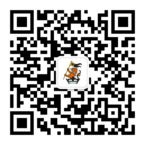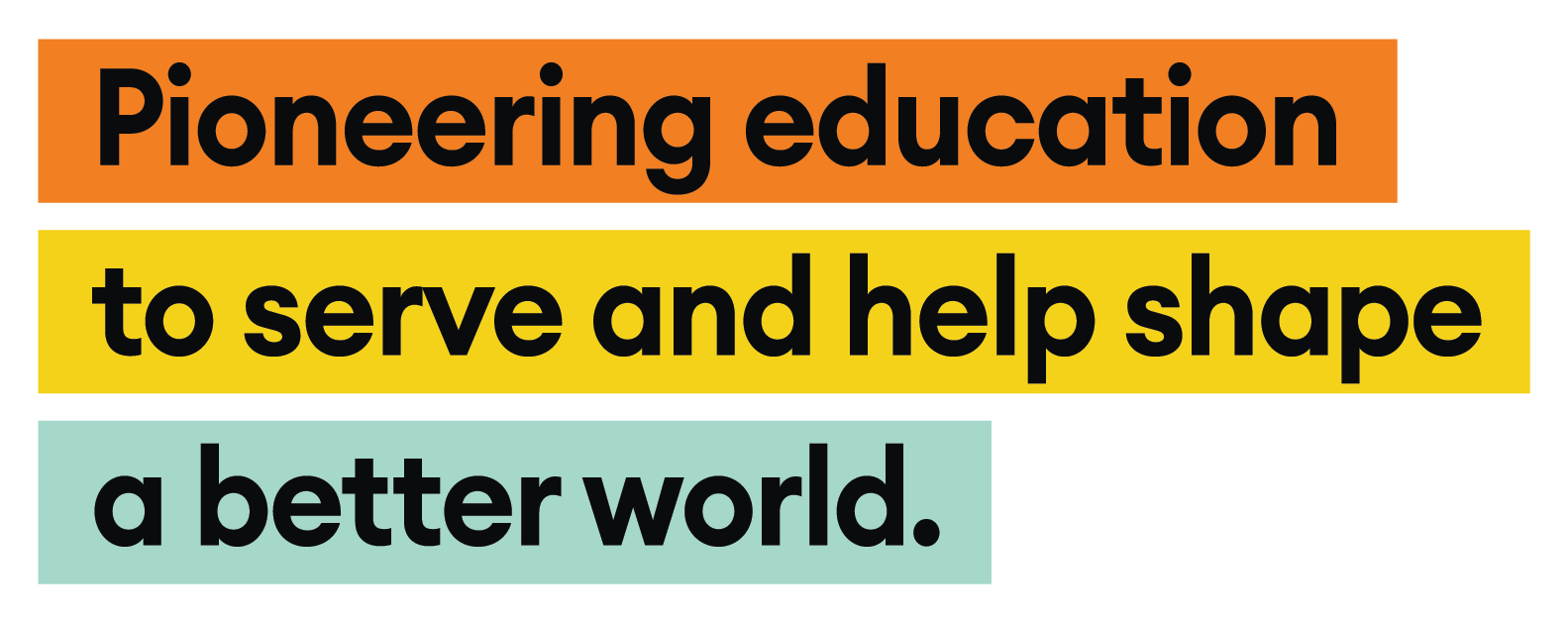3 key points you need to know about children’s leveled reading
How could I help this child become good readers or even life-long readers?" This is the question which always bother not only teachers but also parents.
For most children, becoming a good reader means having access to good teaching and to materials that will support the development of a self-extending system. And a key factor in the development of a self-extending system is supported reading of books that offer just the right level of support and challenge.
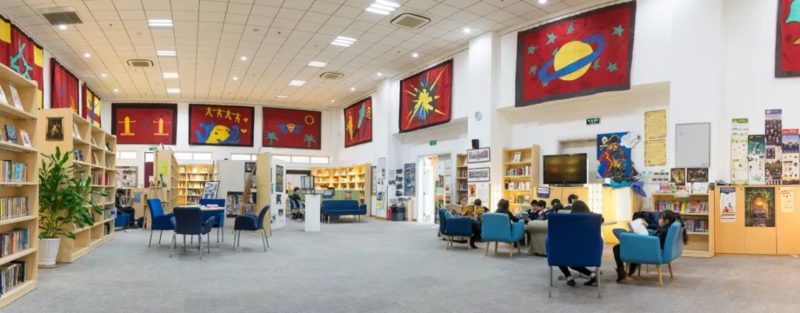
However, with so many lettered and numbered leveled reading systems in the world, there’re still confusions about which reading system to choose and how to use it, and that’s what this article wants to answer.

Leveled reading systems in US and UK
Parents who want to start a leveled book collection for their children frequently turn to the series of "step" and "level" books that are commonly found at online or offline bookstores. And there are six main book leveling systems used in schools in US and UK, which are Lexile Framework for Reading, Fountas & Pinnell (Guided Reading Level), Developmental Reading Assessment (DRA), Accelerated Reader (AR), Book Bands and Oxford Levels.
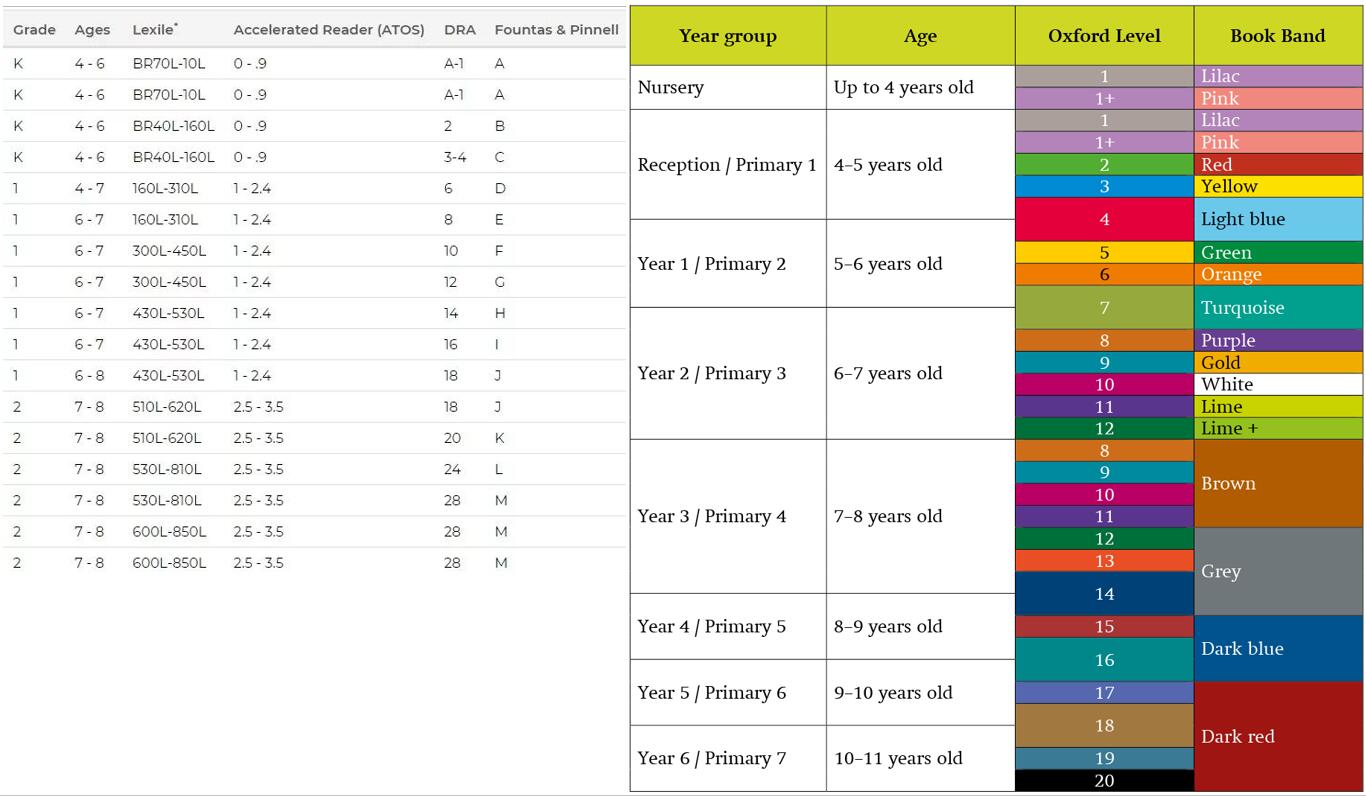
As we can see in the level correlation charts, Lexile Framework for Reading's reader measure can range from below 0L for early readers to above 2000L for advanced readers, Fountas & Pinnell uses the gradient of text from level A to Z+, DRA's A to 44 level allocates pupils into 4 groups of Emergent, Early, Transitional and Extending Readers, while Accelerated Reader (AR) indicates the readability of the text by school grade, and each grade level has a range of 0.1 to 0.9.

How to use Leveled Reading System?
Among these commonly used systems, which one should a parent or teacher use? Except for considering the convenience of getting access to relevant reading materials, the suggestion would be to get the child an assessment first. Many schools offer reading assessments to determine a child's reading level, and sometimes pupils from one class read on four to six different levels. If the school uses the AR test, or the Lexile Measure, parents or teachers can easily find books that match children's reading ability on arbookfind.com or fab.lexile.com. Besides, unlike other systems, AR and Lexile could cover up to pupils in Grade 12.
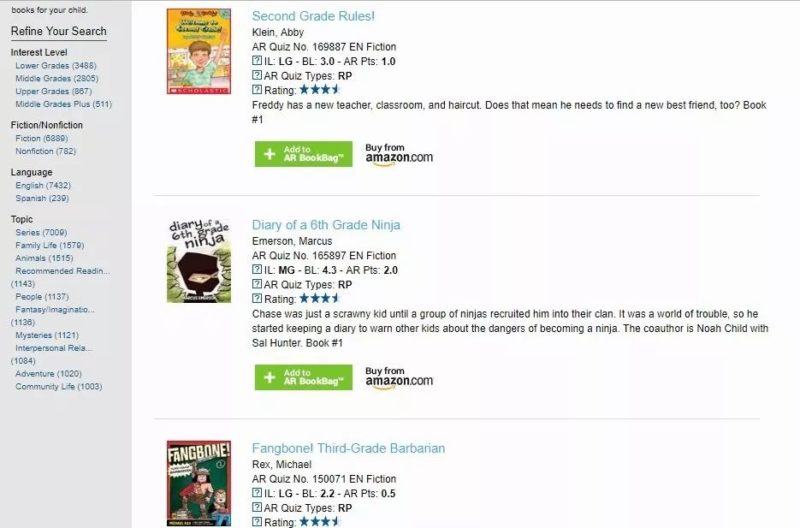
At Wellingtong College China, teachers consider good reading habits to be a top priority for our pupils. Researches have shown that the advantages of reading go far beyond the development of language skills, and those who read regularly demonstrate higher confidence, increased empathy and improved decision-making skills. From reading test, leveled teaching and group instruction to rich reading resources, recommended reading list and children's own reading list, teachers encourage any opportunity for children to become keen and capable readers. No matter which system is utilized, or if the child wants to switch between systems, the key point should always be creating reading conditions for children, encouraging them to find their interest, acquiring the habit of life-long reading, and cultivating critical-thinking ability.

Books without levels
Although many platforms allow teachers to search for books by level, not all books are leveled for leveling system. If you can't find a level for a book, compare it to similar leveled books. Keep in mind that you will need to assess whether or not a book is developmentally appropriate for a given child.

As you compare books, consider the following: vocabulary and word choice, sentence length and complexity, the length of the book, subject matter, repetition and predictability, picture support, age appropriateness and interest level. And there is a simple "Five Finger Rule" for application. Open the book to any page and have the child read aloud. For every word he/she doesn't know, hold up a finger.
- 0-1 fingers = easy
- 2 fingers = still okay, might be a bit challenging at times
- 3 fingers = a challenge, might need some help reading
- 4-5 fingers = too difficult, might want to read aloud to the child

Deserved to be mentioned, children will read beyond their level when they're motivated by a topic, like dinosaurs, insects, universe, or anything else. Let it happen. That's one way readers grow. Another useful idea is to make sure that children always carry a book with them wherever they are, which makes reading could be done in a productive way. If children are unsure what to read, you may ask the teacher or school librarians for suggestions about books that will challenge the child but don't contain material that's not appropriate or too difficult to understand. At Wellington College Education (China), the well-stocked school library is an invaluable source of great reading materials. Observe, talk and trust the children, you know they will make wise choices about books, just like they make more life choices in the future. References: arbookfind.com fab.lexile.com readinga-z.com oxfordowl.co.uk scholastic.com/teachers/home



